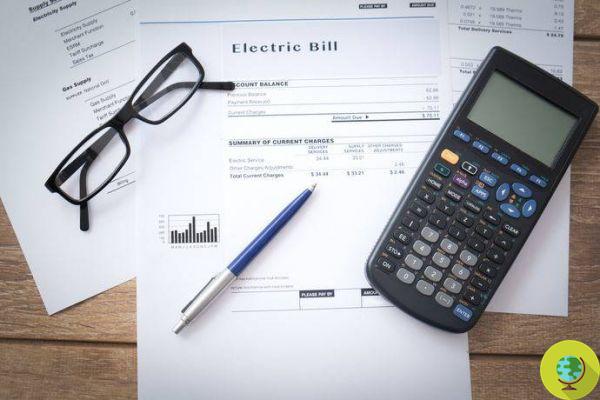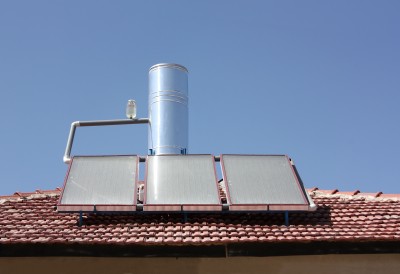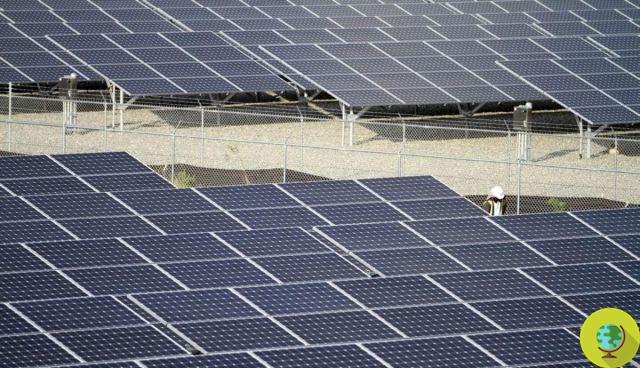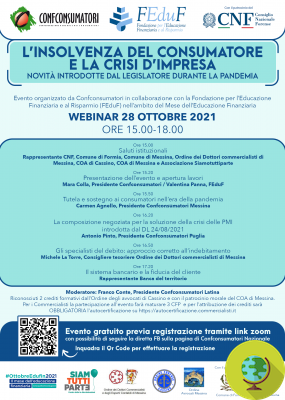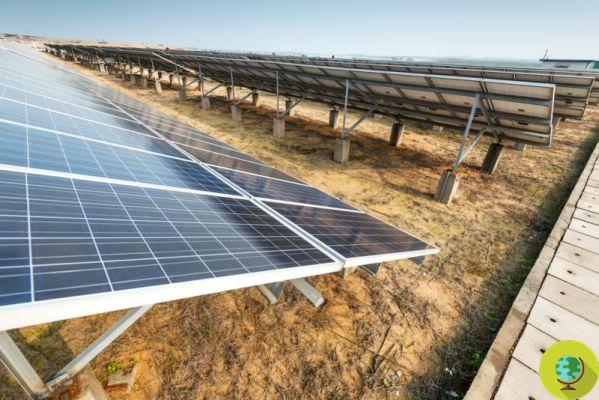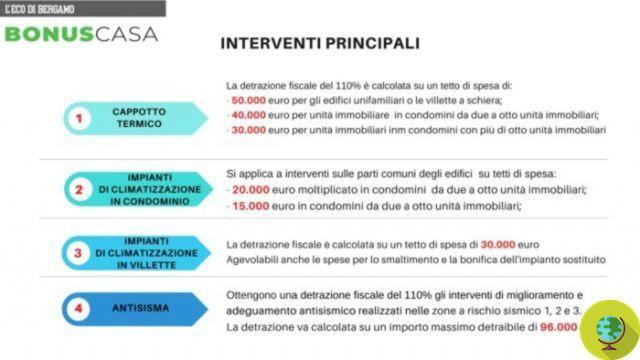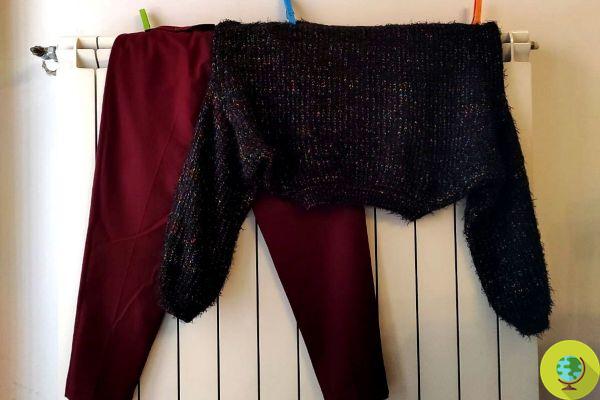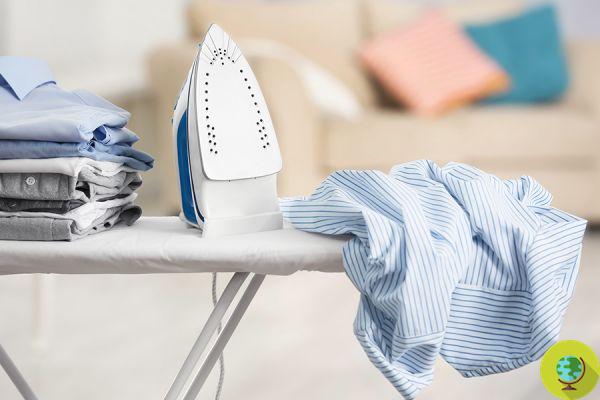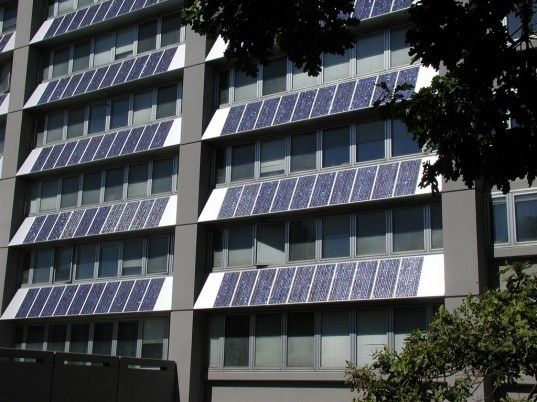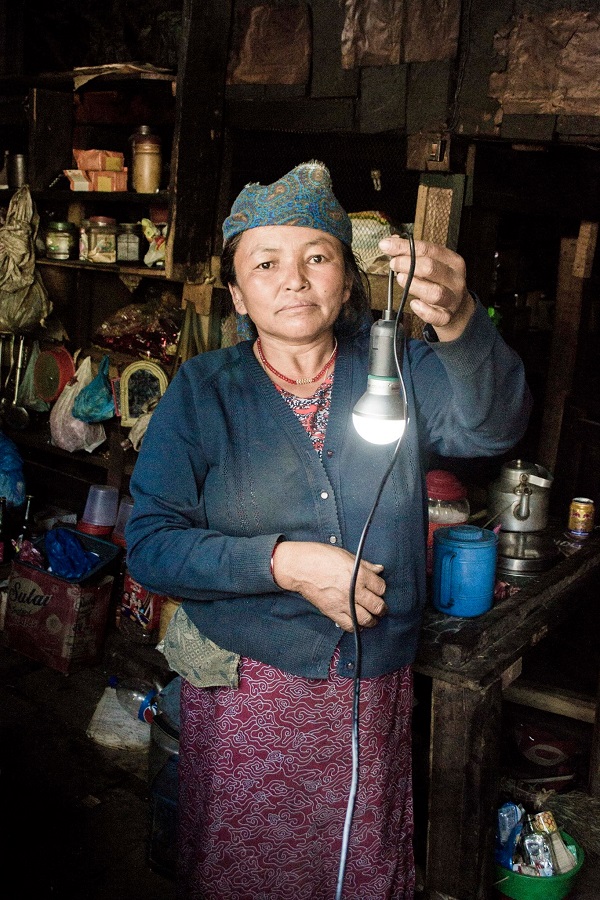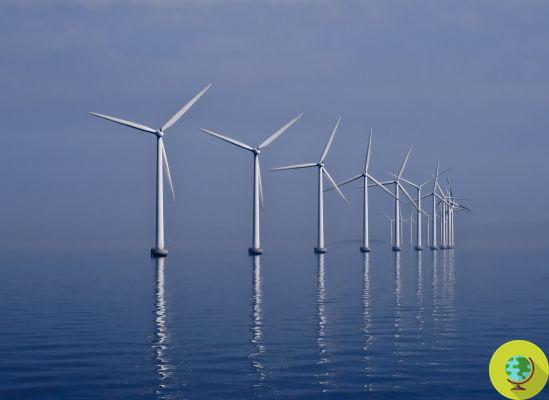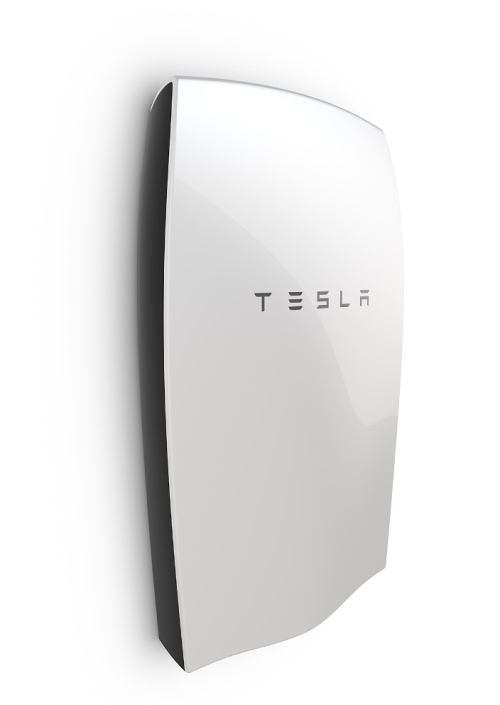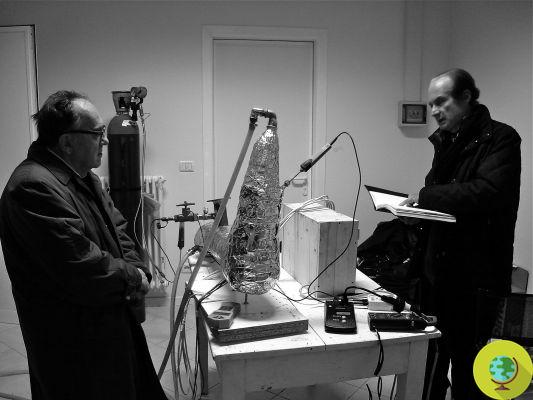Energy-saving light bulbs save us from too high a bill, but what should we do if they break? The problem mainly concerns their mercury content. Thanks to the collection of WEEE and the 1 against 0, the consortia responsible for the withdrawal of energy-saving light bulbs at the end of their life guarantee the recycling of materials and the correct recovery of mercury. But what to do in case of breakage and how to prevent domestic accidents?
He is about to end up run over, his mother saves him
Le energy saving light bulbs they save us from an excessively high bill, but raise new questions for safety. The problem mainly concerns their content of mercury which can become dangerous if the bulb breaks accidentally.
Energy-saving light bulbs, as we know by now, must be disposed of separately, like electronic waste. Thanks to the collection of Weee and1 against 0, the consortia responsible for withdrawal of the bulbs when they reach the end of their life, they guarantee the recycling of materials and the correct recovery of mercury.
But what to do in case of breakage and how to clean safely and how to prevent domestic accidents?
Index
Maintain the correct distance
First it is good do not stand too close to energy saving bulbs. According to a study conducted in Zurich, in fact, to avoid the risk of inflammation and erythema caused by exposure to electric currents and electromagnetic fields, it would be good to keep one distance of at least 30 centimeters from energy-saving lamps. Let's think, for example, of the desk lamp.
Advice for greater attention to our distance from light bulbs was released by the Swiss Federal Office of Public Health. The study in question bears the title of Assessment of EM Exposure of Energy-Saving Bulbs & Possible Mitigation Strategies and was conducted by the ITIS Foundation.
Beware of mercury
The Environmental Authority of the Germany performed specific tests on energy-saving light bulbs that had accidentally broken. Experts have identified long gan mercury values above the permitted limits. Children and pregnant women are especially at risk.
According to the Consumer Protection Center for Users of Bolzano, both lamps with 5 milligrams and those with 2 milligrams of mercury cause a concentration of the heavy metal which exceeds the threshold allowed by law by 20 times. This poses serious health risks. Therefore, only energy-saving light bulbs should be used in children's rooms, schools, kindergartens or sports centers, for example unbreakable with a protective mantle or other precautionary measures, which prevent the bulb from breaking.
Unbreakable bulbs
In general, it would be necessary to have energy-saving light bulbs available that are really safe and that are manufactured according to your needs anti-break criteria. The transition from traditional light bulbs to energy saving lamps has unfortunately introduced a risk element, while ensuring lower energy consumption.
What to do if they break

If energy saving light bulbs, also known as compact fluorescent light bulbs, break, can release mercury into the air. Mercury it is toxic both for man and for the environment. Therefore it is necessary to pay close attention. Mercury is released from energy-saving light bulbs in the form of noxious vapors. Act with the utmost caution and follow the directions of the Environmental Protection Agency (EPA).
10 useful tips
Here are some helpful tips to be put into practice in the face of the breakage of an energy-saving light bulb, to protect yourself from the release of mercury.
1) Ask at pregnant women and children to move away from the room. Not even the pets must be present while you clean and collect the broken bulb fragments.
2) Open the windows room and ventilate for at least 10-15 minutes. Turn off the air conditioning systems.
3) Wear gloves, a mask and protective goggles. Do not use thevacuum cleaner, to avoid dispersing mercury in the air.
4) Pick up the larger pieces with your hands and the smaller fragments with the help of the Scotch tape.
5) Store the bulb fragments in airtight containers, such as glass jars or sealable plastic bags.
6) Clean the surfaces with a damp cloth. Then throw away everything you used for the cleaning, including the cloth and gloves.
7) If the break occurs on a mat, eliminate it or at least remove the contaminated part.
8) Call the local center for collection if you are in doubt about what to do. Bring the waste to the Ecological platform of your municipality, so that they are disposed of correctly.
9) As a preventative measure, it would be good not to use mercury bulbs in areas at risk breakdowns and accidents.
10) Wash them immediately hands when you are done.
Risks to health
The breakage of an energy saving light bulb causes themercury exposure of the people present, with particular reference to those who will take care of collecting the light bulb and cleaning up the room. A healthy adult should not immediately feel the consequences of mercury exposure. The fact remains that exposure to toxic vapors can have a minor or major impact on health. If in doubt it is good consult your doctor, especially if you have a particular sensitivity to chemicals.
Mercury-free energy-saving light bulbs
Is there an alternative to common energy saving light bulbs? The research consortium led by Professor Holger Heuermann of the FH of Aachen and by Dr Rainer Kling of the LTI of the KIT in 2012 announced that they were working on the realization of energy saving lamps free of electrodes and mercury, which represent an alternative to traditional compact CFL mercury-containing lamps.
Marta Albè
Read also:
Bulbs: warm light or cold light. Which one to choose?
Worn out bulbs: what to do? Ecolamp explains it
Energy saving light bulbs: the reasoned guide
Where is an energy saving lamp recycled?




